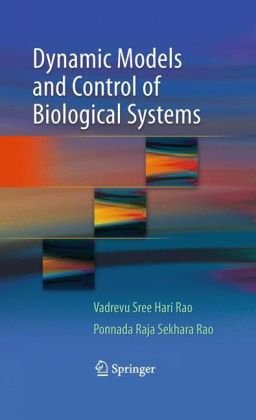

Most ebook files are in PDF format, so you can easily read them using various software such as Foxit Reader or directly on the Google Chrome browser.
Some ebook files are released by publishers in other formats such as .awz, .mobi, .epub, .fb2, etc. You may need to install specific software to read these formats on mobile/PC, such as Calibre.
Please read the tutorial at this link: https://ebookbell.com/faq
We offer FREE conversion to the popular formats you request; however, this may take some time. Therefore, right after payment, please email us, and we will try to provide the service as quickly as possible.
For some exceptional file formats or broken links (if any), please refrain from opening any disputes. Instead, email us first, and we will try to assist within a maximum of 6 hours.
EbookBell Team

4.7
36 reviewsMathematical modeling in the biological sciences is growing exponentially because the general area provides exciting problems from biology to medicine, and this goes under the name mathematical biology. Moreover, models of the growth of microorganisms have become very popular since mathematical predictions can be tested in the laboratory employing a device known as the chemostat. Such models are called chemostat models. This book attempts to present a self contained account of mathematical model building theory of microbial populations.
Key Features:
Covers all fundamental concepts and mathematical skills needed to build models for microbial populations.
Provides an accessible and informative over view of known literature including several practical techniques.
Presents a comprehensive analysis of chemostat models and their limitations in adapting to natural lakes.
A thorough discussion on the design of biologically viable control mechanisms (termed bio-control mechanisms) to contain the instability tendencies.
Construction of a variety of Lyapunov functionals for global stability analysis.
This book is ideal for a general scientific and engineering audience requiring an in-depth exposure to current ideas, methods and models. The topics discussed can serve as a one to two semester course material for senior under graduate and graduate students. It is a useful reference for practitioners, researchers, and professionals in applied mathematics, biology, agriculture, limnology, chemical and civil engineering.